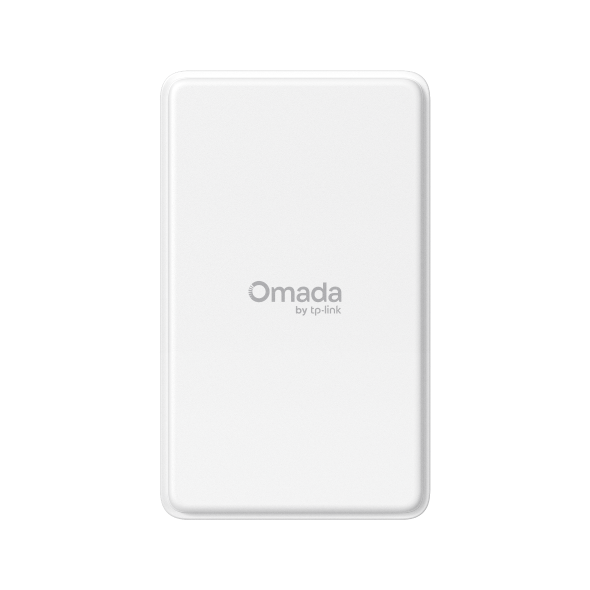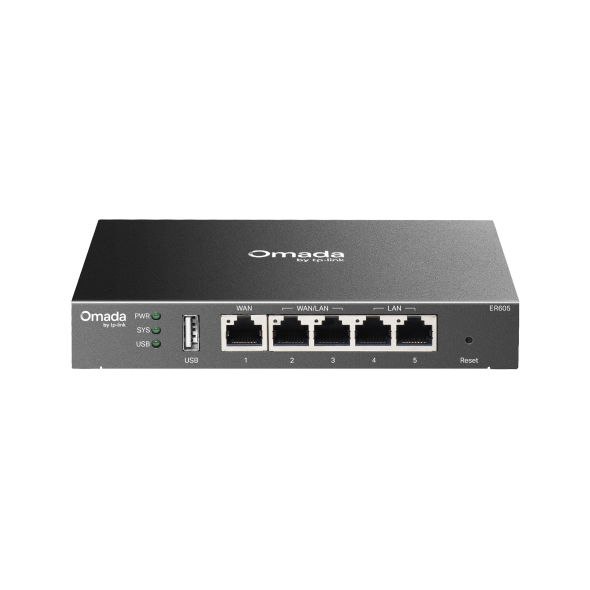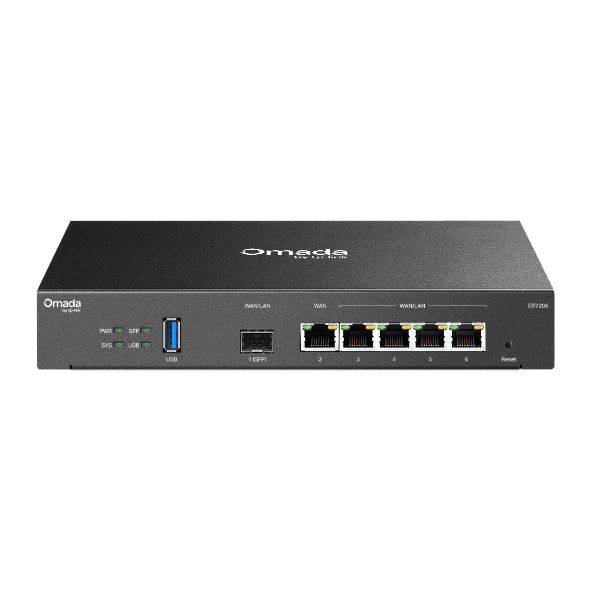Client is unable to access the Internet for business router
This article will provide common causes and corresponding troubleshooting steps.
Troubleshooting Steps
1. Check the status of the device LED and port LED
a). If all device LEDs and port LEDs are off, make sure the power supply connections are stable, and try unplugging and reconnecting the power adapter if necessary.
b). If the port LED is off, ensure that the Ethernet cable is securely connected and try replacing the Ethernet cable if necessary.
2. Verify that the client can obtain an IP address
a). For a wired client, ensure that your switch and gateway VLAN configurations are correct, and the switch is connected to the LAN port of the Gateway.
b). For a wireless client, ensure that the client can successfully connect to EAP’s WiFi. Refer to “Unable to Connect to EAP WiFi” for detailed instructions.
3. Verify that your ISP connection is working properly. Restart the modem, then try again, or contact your ISP if necessary.
4. Verify the connection status of the WAN port
a). If you are using Static IP, confirm that the IP address, gateway address, subnet mask, and DNS server are correctly configured. All information is provided by the ISP.
b). If you are using Dynamic IP, ensure that the IP address range provided by the ISP does not conflict with the VLAN interface’s subnet.
c). If you are using PPPOE/L2TP/PPTP, confirm that the account and password are entered correctly.
5. Verify that the WAN port status is dectected as “Online”
6. Verify that DNS packets can be resolved correctly.
a). Get a wired client, such as a Windows PC, open the command prompt and enter the “nslookup” command, e.g., nslookup www.google.com, to confirm that the corresponding IP address can be resolved.
b). Modify the DNS server of the WAN port or client to commonly used DNS servers, such as 8.8.8.8 and 1.1.1.1.
7. Check whether any functions that may affect the client's Internet access are configured, such as ACL, URL filtering, MAC filtering, etc. It is recommended to disable or delete these configurations for comparison and verification.
8. Ensure that the CPU usage is below 80%. If it exceeds 80%, check if there are any network loops present.
9. Make sure the firmware is up to date. It is recommended to visit the official website at https://www.tp-link.com/en/business-networking/omada-router-wired-router/ for the latest version.
10. Restart the gateway if necessary.
Is this faq useful?
Your feedback helps improve this site.
TP-Link Community
Still need help? Search for answers, ask questions, and get help from TP-Link experts and other users around the world.


